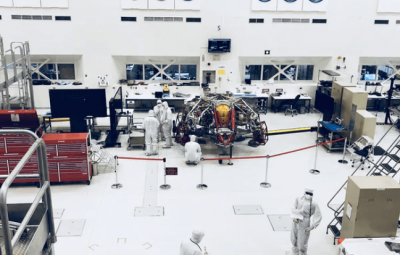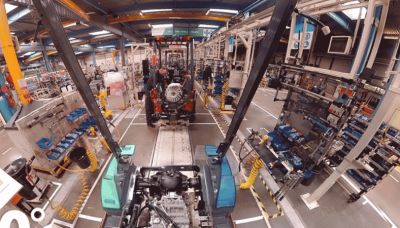
Environmental Management Audit
Environmental management audit – verifies whether the company has met the environmental objectives, policies, and performance set by management. A significant number of manufactures today do more than environmental management audits. They stay one step ahead of compliance and try to proactively improve their environmental performance to improve project and business performance, as well as secure their reputation.
What is Environmental Management Audit?
“Environmental audits are internal evaluations by companies and government agencies, to verify their compliance with legal requirements as well as their own internal policies and standards. They are conducted by companies, government agencies and others on a voluntary basis, and are carried out by either outside consultants or employees of the company or facility from outside the work unit being audited. Audits can identify compliance problems, weaknesses in management systems, or areas of risk. The findings are documented in a written report.”
An Environmental Management Audit performance audit which measures if a business is meeting the criteria for management systems. It examines the amount of harm or risk of injury that may be posed by the assessed entity and determines the types of pollution being produced by looking at a broad range of locations, activities, and procedures. The information compiled from these factors to determine what changes would need to be installed for compliance.
Prevent costly liabilities and determine areas of improvement to ensure your business’s success.
The Benefits of an Environmental Management System Audit
The most basic benefits of an audit and review for EMS are compliance with industry regulations and the assurance that processes and products take their environmental impact into account. EMS auditing not only improves a company's general environmental compliance and performance but also provides:
· A process for using pollution-control practices to achieve EMS objectives
· Predictable and consistent management of environmental obligations
· More efficient use of scarce environmental resources
But robust environmental management system auditing does more than promote good ecological practices. By undergoing a thorough EMS audit, a company can improve operational performance and realize a wide range of efficiencies for a true competitive advantage.
What does an environmental management audit involve?
Environmental management auditing is a systematic, documented, periodic and objective process in assessing an organization's activities and services in relation to:
-Environmental policies and systems
-Legal compliance and risk management
-Business processes
-Products and services
-Information disclosure and communication
-Supply chain management
Two Types of Environmental Audits of TESTCOO
There are two main types of environmental audits that TESTCOO provides. These are as follows:
· Environmental Management System (EMS) audits
· Higg FEM Verification
Environmental Management System (EMS) Audit
Also known as EMS audits, they aim to evaluate the different management systems in place and determine whether they are working effectively. The ISO 14001 standards clearly state how companies need to conduct an EMS audit to ensure that the company’s EMS is working properly.
The primary goal of an EMS audit is to certify that a company’s EMS is working effectively. Additionally, an EMS audit aims to accomplish the following goals:
-Evaluate the key objectives of the EMS and whether they are being met
-Find new opportunities for an EMS
-Determine the areas of improvement for their EMS
-Review the EMS’ sustainability
-Ensure that the company is taking steps to continually improve their EMS
EMS audits allow companies to ensure that their systems do the job and provide them with the required benefits. Additionally, they enable companies to identify where improvements are necessary and take steps to improve their EMS.
Higg FEM Verification
The Higg Facility Environmental Module (Higg FEM) informs manufacturers, brands, and retailers about the environmental performance of their individual facilities, empowering them to scale sustainability improvements.
The Higg FEM provides facilities a clear picture of their environmental impacts. It helps them identify and prioritize opportunities for performance improvements. The Facility Environmental Module measures:
Environmental management systems
- -Energy use and greenhouse gas emissions
- -Water use
- -Wastewater
- -Emissions to air (if applicable)
- -Waste management
- -Chemical use and management
Trust Your EMS Audit to TESTCOO
Environmental management audits play a significant role in sustainability. The audit reveals details about the activities of a company and its compliance with environmental regulations. Conducting an environmental audit is no longer an option but a sound precaution and a proactive measure in today's heavily regulated environment.

TESTCOO have years of experience with rigorous, thorough EMS auditing. We're committed to providing expert support and service for your environmental management system auditing needs. Contact us today to find out how EMS auditing can improve your company's environmental policies, save money and reduce regulatory risk.

















